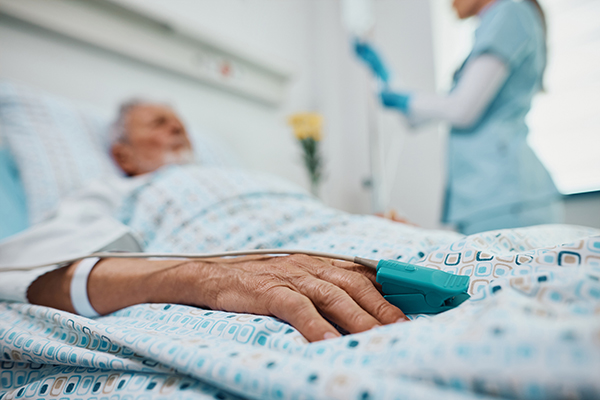
70-Year-Old Man With Abdominal Pain, Fever, and a Positive Fungal Blood Culture*
Presented by Dr Mohanad M. Al-Obaidi

*Second part of this case is available here
Case Presentation
A male in his 70s presents to the emergency department (ED) with abdominal pain and diarrhea. He has a past medical history of diabetes mellitus, hypertension, and metastatic gastric adenocarcinoma status post open distal gastrectomy with gastrojejunostomy Billroth II reconstruction, and status post adjuvant chemotherapy (capecitabine) 2 months ago. He had a recent hospitalization, 18 days prior to this presentation, with sepsis and extended-spectrum beta-lactamase (ESBL) Escherichia coli bacteremia, with an intraabdominal abscess in the right lower quadrant found on abdominal computed tomography (CT) imaging. He underwent abdominal drain placement by interventional radiology (IR), with aspirated fluid positive for ESBL E coli. He was discharged to continue intravenous ertapenem at a short-term skilled nursing facility (SNF). He was receiving intravenous antibiotics through a peripherally inserted intravenous central catheter (PICC) over the last 2 weeks.
The patient has been sent to the ED from the skilled nursing facility with new abdominal pain and diarrhea, leading to a diagnosis of Clostridioides difficile colitis, managed with oral vancomycin.
On the 10th day of his hospitalization, he developed a fever, with a maximum temperature of 38.4°C, and a leukocyte count escalation from 11,000 on admission to 17,000 per µL, predominantly neutrophils (90%). Cultures from peripheral venipuncture and PICC cultures isolated yeast.






